Call / Text (850) 782-3232
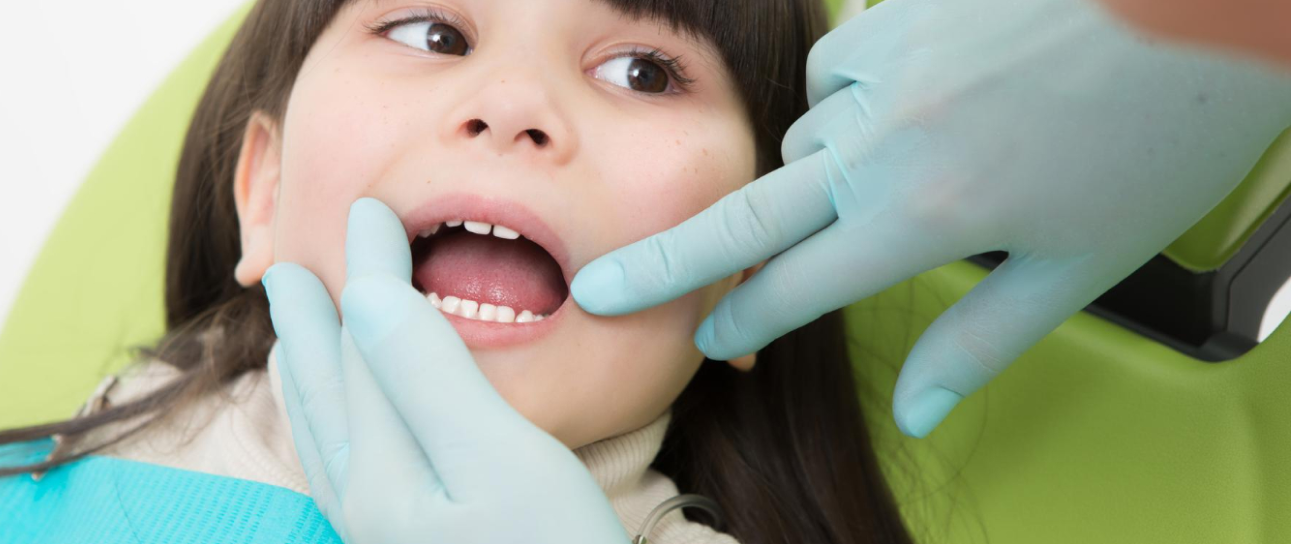
Give Your Child a Lifetime of Smiles
Your child needs properly aligned teeth and jaw structure for a vibrant, lasting smile. While the right time for orthodontic care can differ, Dr. Michael and Dr. Taylor Vracar, alongside the American Association of Orthodontists, recommend an initial visit by age seven.
What is Early Treatment?
Early orthodontic care at Redemption Orthodontics can halt or address more significant dental complications from developing. It may also make later treatments shorter, easier, and more cost-effective. In some instances, Dr. Michael and Dr. Taylor Vracar can achieve results that would be much more difficult after the facial bones and jaw have fully developed.
When is The Best Time for Treatment?
Starting an orthodontic consultation by age seven is ideal. Although the actual treatment timing varies, orthodontic solutions in Tallahassee often begin between the ages of 8 and 14. Some dental issues, such as underbites and crossbites, are easier to manage when addressed as early as age seven.
Role of A Children’s Orthodontists
A children’s orthodontist is an expert in diagnosing and resolving dental alignment issues in children from infancy through their teenage years. Unlike general pediatric dentists, orthodontists focus on correcting jaw and tooth alignment, monitoring growth patterns, and creating custom solutions like braces, aligners, or retainers to ensure proper alignment over a lifetime.
Importance of Early Orthodontic Intervention
Early orthodontic care, or interceptive orthodontics, takes action against dental complications at their earliest stages, reducing the need for more invasive or surgical interventions later.

Preventing Severe
Dental Issues
Proper care lays the foundation for a healthy and radiant smile, helping foster self-confidence and positive impressions.
Improving Appearance
and Confidence
Addressing issues early saves families time, money, and unnecessary discomfort.
Enhancing Oral Health
Straight teeth are much easier to clean, reducing the likelihood of gum disease and cavities.
Benefits of Children’s
Orthodontic Treatment
Oral health plays a vital role in a child’s overall well-being. It’s not just about building a beautiful smile but also maintaining healthy teeth and gums free of disease or decay.
Improved Oral Health and Hygiene
Orthodontic care enhances total health by ensuring a healthier, disease-free mouth. A balanced diet, brushing, flossing, and frequent check-ups are key components of oral hygiene.
Enhanced Speech Development
Straight teeth and an ideal occlusion (bite) improve articulation and pronunciation. These improvements promote better speech development.
Prevention of Future Dental Issues
Consistent oral maintenance prevents common problems like gum disease or cavities. Ensure your child brushes twice a day, flosses daily, and consumes less sugary foods and drinks.
Boosted Confidence and Self-Esteem
A healthy, bright smile fosters self-assurance and leaves lasting impressions. Good oral care paired with routine appointments will help preserve this confidence.
Understanding Children’s Orthodontic Treatment
Orthodontists utilize specialized appliances to correct issues in children’s teeth and jaws, tailoring solutions to their specific needs.
Braces
Brackets are attached to individual teeth and connected via archwires.
Invisalign Aligners
Transparent, removable trays that incrementally shift teeth into proper positions.
Retainers
Hold and maintain teeth in adjusted positions following orthodontic work.
Space Maintainers
Applied when a baby tooth is lost too early, preserving the spot for incoming adult teeth.
Importance of Early Evaluation
The American Association of Orthodontists recommends an initial orthodontic evaluation by the age of seven. Early identification of spacing, bite, or eruption issues leads to smoother, shorter treatments and prevents severe dental complications later on.
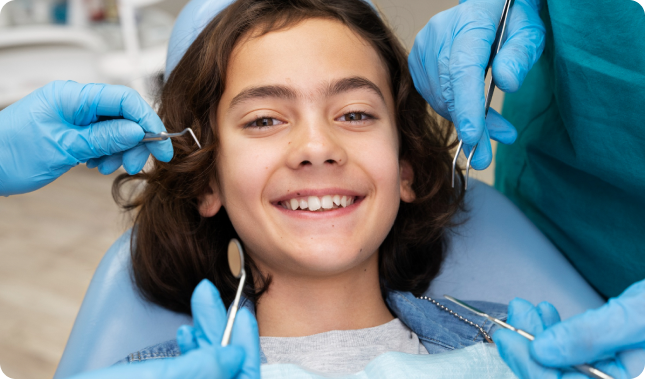
Treatment Process

Consultation
Includes an oral examination, x-rays, and digital imaging.
Appliance Placement
Custom orthodontic devices are fit based on your child’s treatment plan.
Follow-ups
Regular updates ensure continuous progress towards the desired outcome.
Retention
Retainers preserve teeth in their final positions post-treatment.

Appointment Duration and Frequency
Orthodontic appointments vary depending on the specific appliance in use and the severity of the dental issue. For example, braces typically require adjustments every 4-8 weeks, while aligner adjustment visits are every 14-20 weeks. Each visit lasts around 30-60 minutes. The complete treatment timeframe can generally range from six months to two years, depending on your child’s unique needs.
Common Orthodontic
Issues in Children
Common orthodontic issues in children include crowding, spacing, overbites, underbites, crossbites, and oral habits which can affect dental function, facial development, and overall oral health. Early evaluation helps identify these concerns, allowing for timely intervention to guide proper jaw growth, create space for incoming teeth, and improve long-term stability. Here are some of the most common orthodontic issues seen in children:

Overbite, Underbite, Crossbite, and Space Problems
Crooked or Misaligned Teeth
This issue is often genetic but can also result from habits like thumb sucking or accidents. Untreated misalignments make cleaning difficult, increasing the risk of dental diseases.
Crowding or Spacing Issues
Crowding tends to happen when there’s inadequate space for all teeth, while spacing (gaps) may lead to food particle buildup and consequent decay.
Thumb Sucking and Other Oral Habits
Extended thumb sucking can negatively impact the palate and upper jaw, leading to misaligned and protruding teeth, open bite issues, and difficulties with eating and swallowing.
Orthodontic Treatment Options for Children
Orthodontic appliances are devices used by orthodontist and dental specialists to correct issues with teeth and jaw alignment. These appliances come in different types, each tailored to target specific dental concerns. In this overview, we’ll explore four common orthodontic appliances: metal braces, Invisalign clear aligners, functional devices, and retainers.

Traditional Braces
Components
Brackets, archwires, and color elastic ties.
Advantages
Suitable for a wide range of misalignments and highly durable.

Invisalign Clear Aligners
How They Work
Series of aligners providing gradual pressure to shift teeth into alignment. New aligners are replaced weekly.
Advantages
Removal for meals and cleaning, discreet appearance, and simple maintenance.
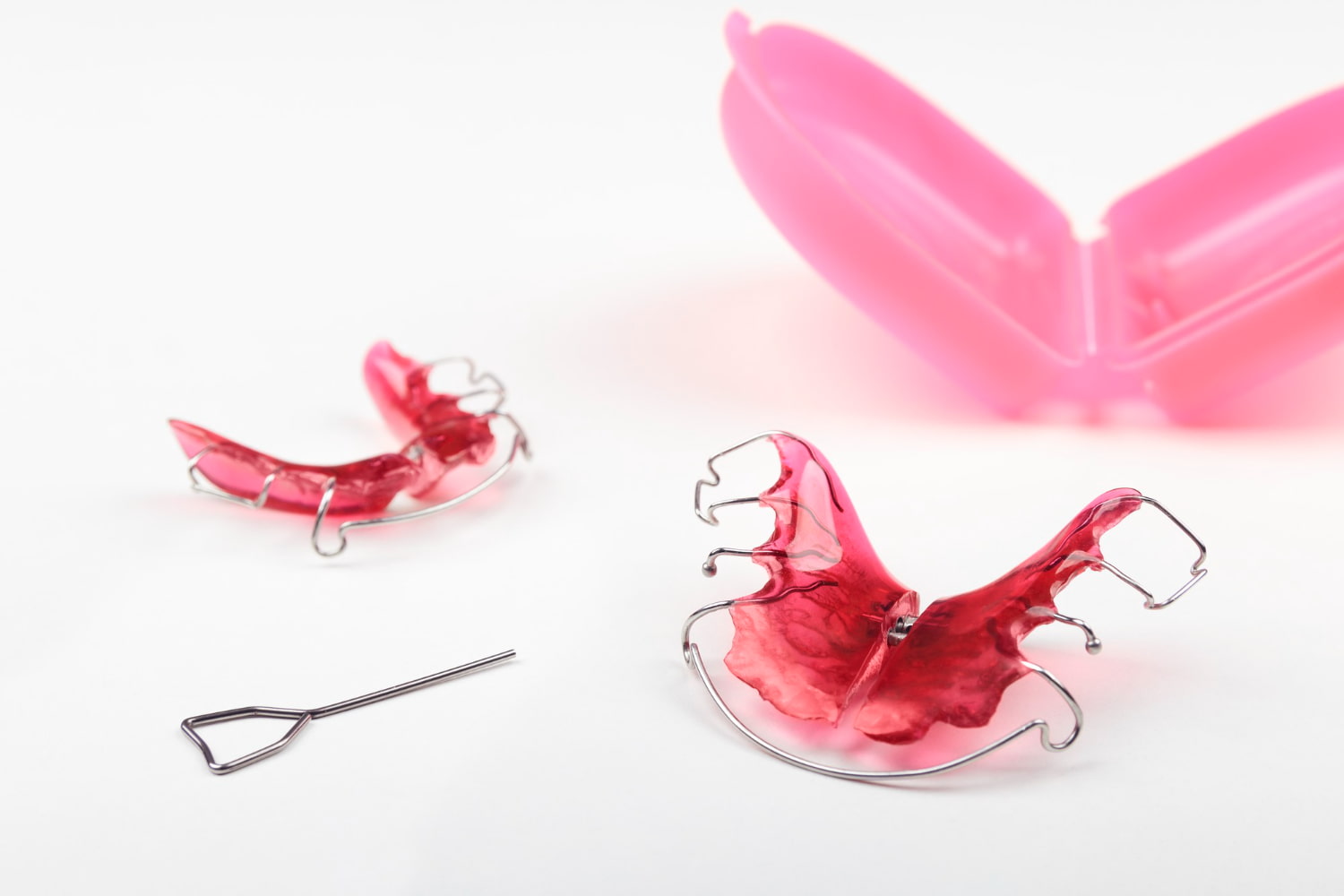
Functional Appliances
Purpose
Address jaw growth problems in growing children or teenagers.
Benefits:
Enhances jaw function and helps boost facial symmetry.

Retainers
Purpose
Maintain alignment after treatment.
Types:
Removable or permanent retainers based on individual needs.
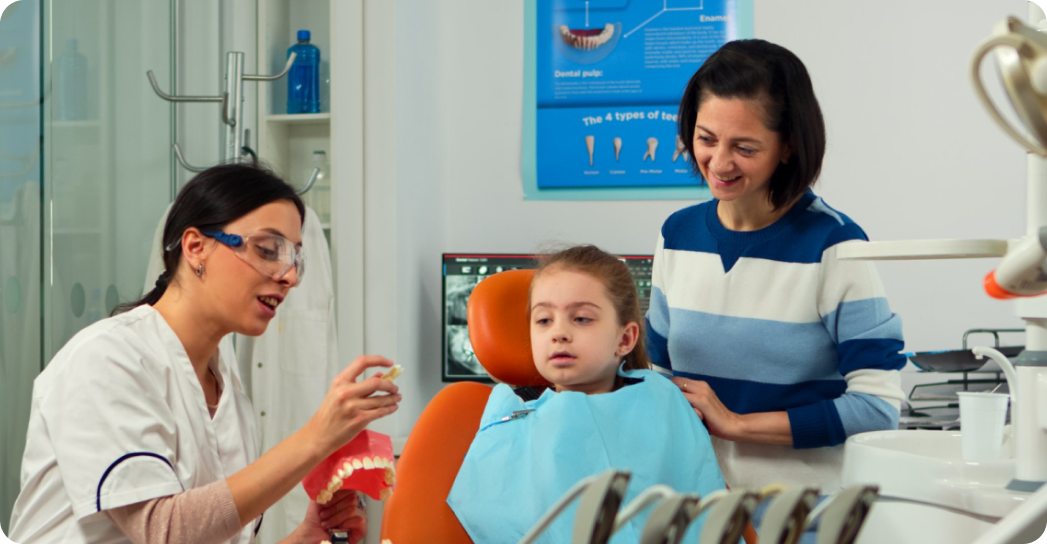
Importance of Early Orthodontic Care
Early orthodontic treatment focuses on addressing dental issues while a child’s jaw is still growing, helping to prevent more significant problems later on. The advantages of starting early include avoiding severe orthodontic complications, enhancing appearance, and promoting better oral health. For children between the ages of 6-10, this is an ideal period to address concerns such as crossbites and crowding, as their jaw is still developing. By ages 11-15, most children have their permanent teeth, making it a good time for braces to correct alignment issues.
Choosing the Right Pediatric Orthodontist
When selecting an orthodontist for your child, it’s essential to review their credentials. Look for someone who has specialized training in orthodontics, is board-certified, and has experience treating children. If interested in Invisalign look for a Diamond+ level provider or higher for someone with the most amount of Invisalign experience. Additionally, consider practical factors such as location, office hours, and treatment costs to ensure the best fit for your family.
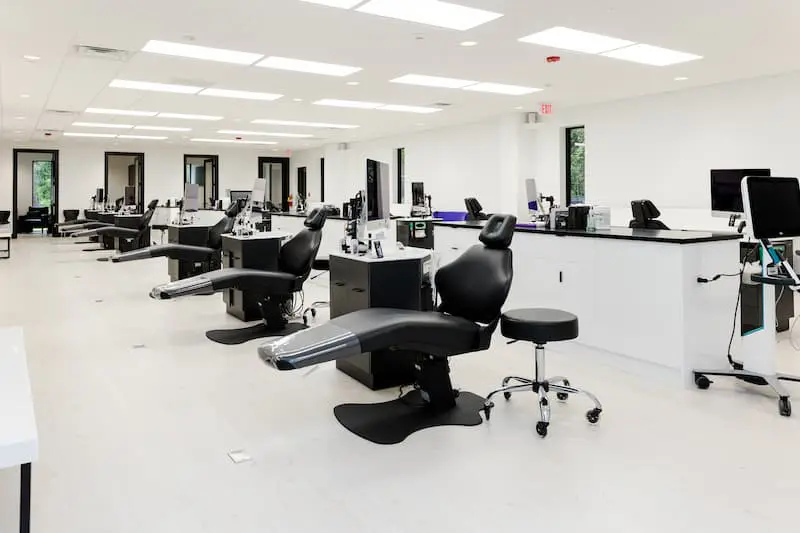
FAQ
What age should a child see an orthodontist?
By age seven, all children should see a board certified orthodontist like Dr. Michael and Dr. Taylor Vracar. An early visit doesn’t imply immediate treatment but allows for initial evaluation and periodic monitoring of jaw and tooth development.
Can a 6-Year-Old See an Orthodontist?
Yes, a 6-year-old is eligible to see an orthodontist. Early orthodontic evaluations can detect emerging problems and establish solutions before conditions worsen. Orthodontists prefer to evaluate a child early rather than risk waiting until it’s too late for the most effective treatment.
How painful are braces for kids?
It’s completely normal for children to feel some mild discomfort or soreness when they first get braces or after adjustments. This occurs because the braces are actively working to shift their teeth into proper alignment. The good news is that this discomfort usually subsides within a few days and can often be managed with over-the-counter pain relievers. Before long, their mouth adapts to the braces, and they may barely notice them anymore. While braces might cause brief discomfort, it’s both manageable and temporary.